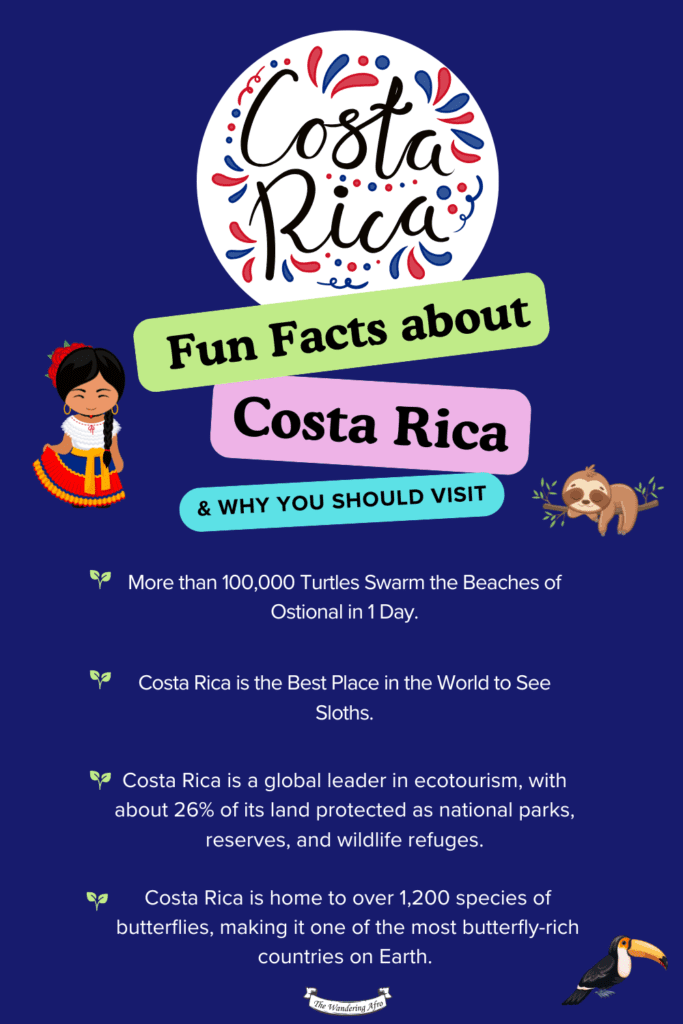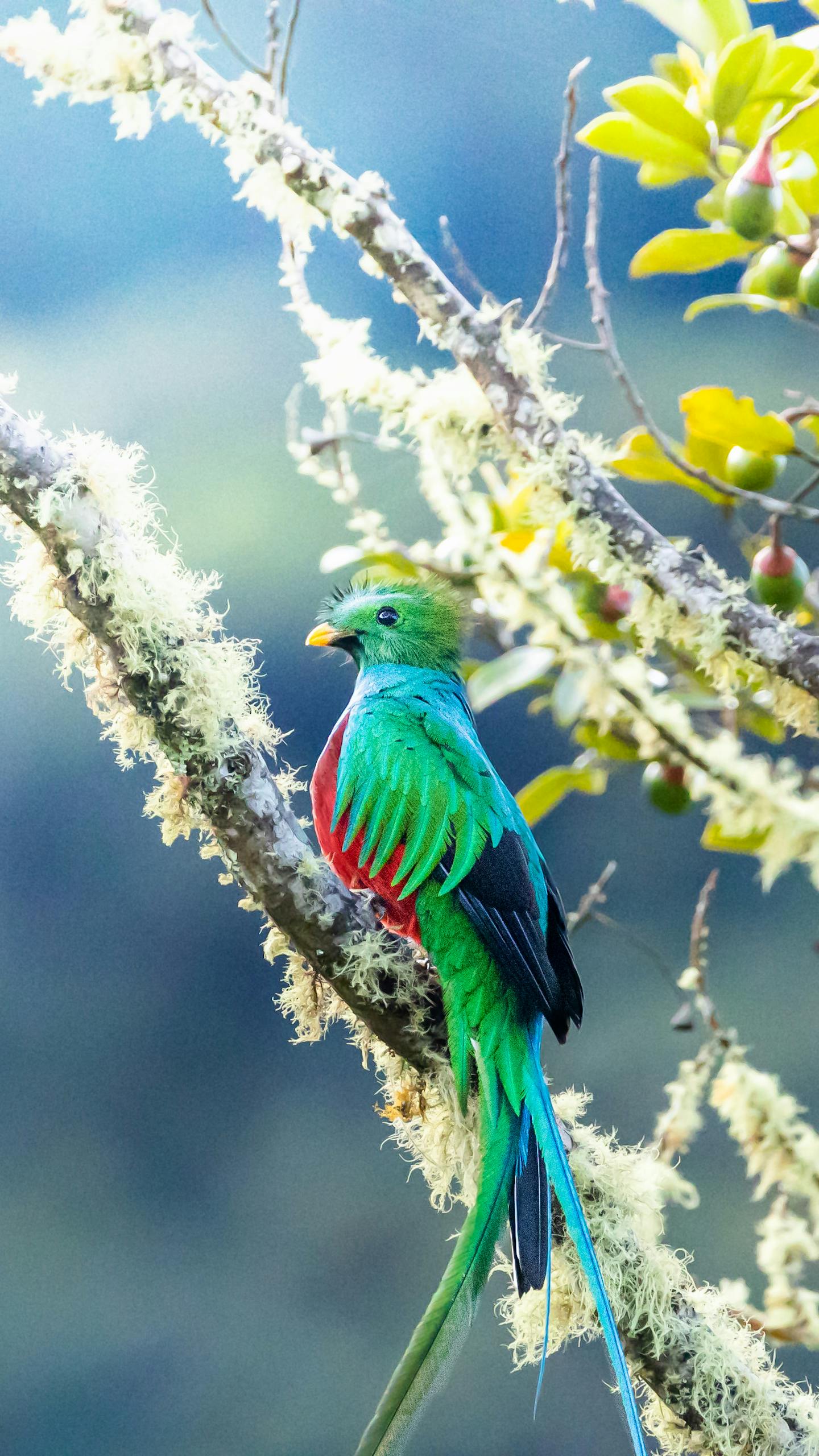Interested in learning some fun facts about Costa Rica? I love learning as much as possible about a new place before visiting a new country. On my last trip, I learned much about Costa Rican culture, food, and history. It’s one of those places you must visit more than once.
Here is a list of fun facts about Costa Rica.
Hotels
Get the best rates on hotels and private accommodations.
Car Rentals
Renting a car can be easy and stress-free.
Activities
Looking for the best things to do? I’ve got you covered.
Interesting Facts About Costa Rica
Pura Vida is Costa Rica’s Slogan
“Pura Vida” is a common phrase in Costa Rica, translating to “pure life” in English. It reflects the country’s laid-back and positive approach to life. You’ll here it a lot
Known For Its Biodiversity
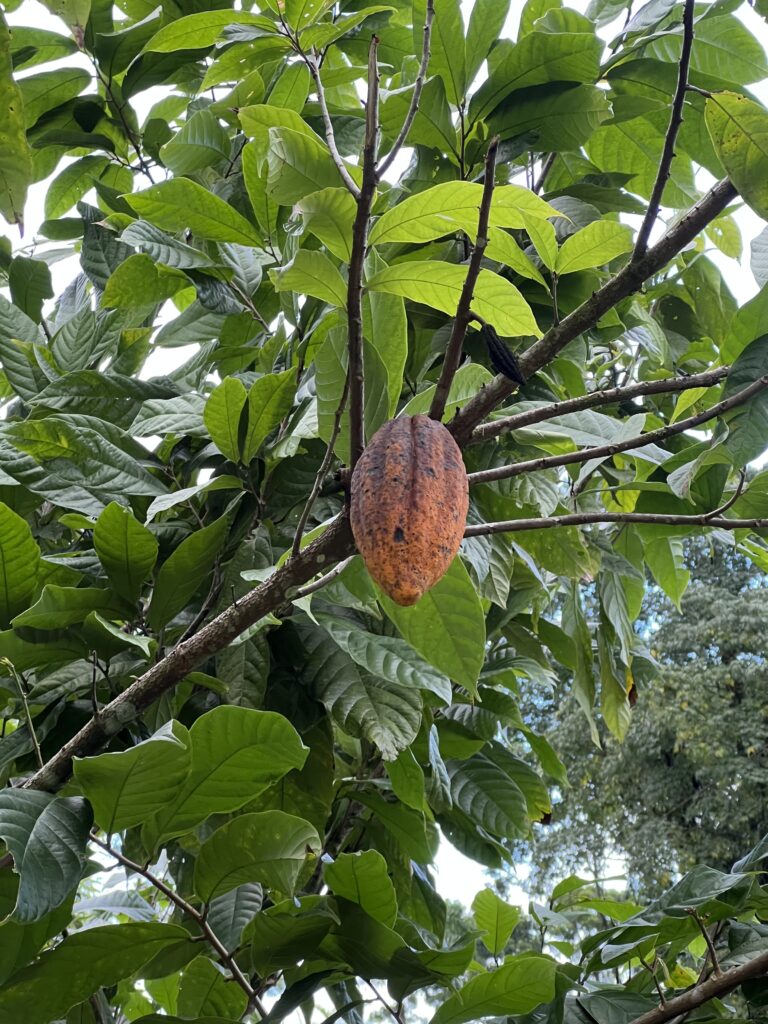
Costa Rica is home to nearly 5% of the world’s biodiversity, despite covering only 0.03% of the Earth’s surface. Its diverse ecosystems include rainforests, hot springs, and coral reefs.
Costa Rica Has No Military
Costa Rica abolished its military in 1948, and the funds are instead used for education, healthcare, and environmental protection. The country is often seen as a model of peaceful governance in the region.
More than 100,000 Turtles Swarm the Beaches of Ostional in 1 Day
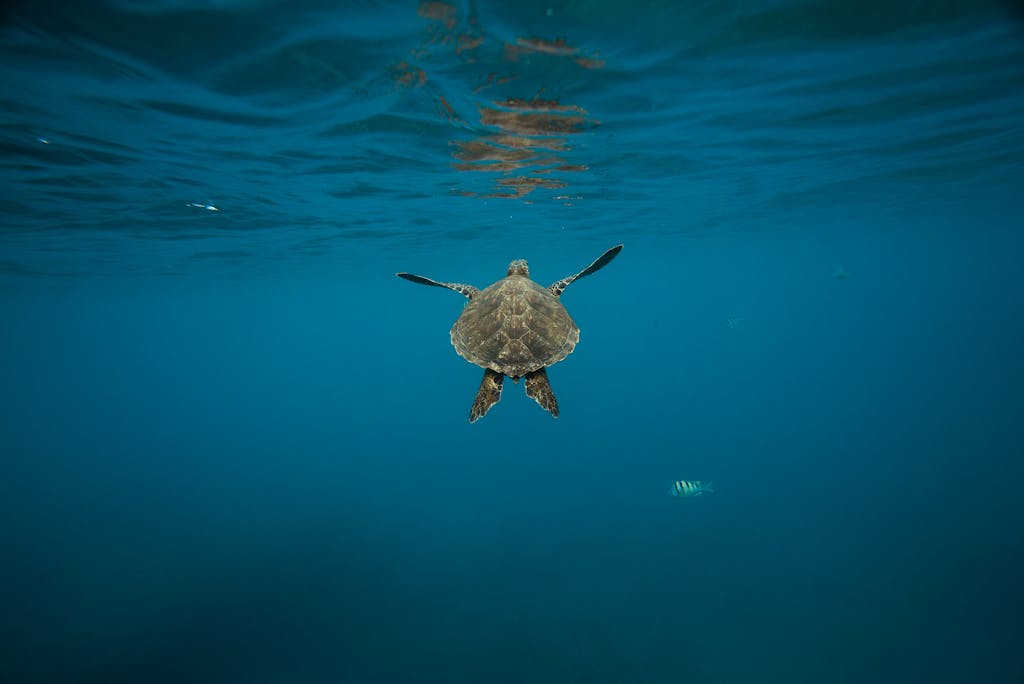
Costa Rica is a crucial nesting site for several species of sea turtles, including the endangered leatherback, hawksbill, and green turtles. Tortuguero National Park is famous for its turtle nesting seasons.
There’s a phenomenon known as arribada where up to 100,000 Olive Ridley turtles gather on the shores of Ostional National Wildlife Refuge, where they lay as many as 10 million eggs. Although these events occur year-round, they are most abundant during the green season.
High Life Expectancy
Costa Ricans enjoy one of the highest life expectancies in the world, partly due to the country’s strong healthcare system and emphasis on well-being. The life expectancy in Costa Rica is approximately 81 years. This is attributed to factors such as the country’s healthcare system, lifestyle, and emphasis on wellness. Pura Vida!
Renewable Energy
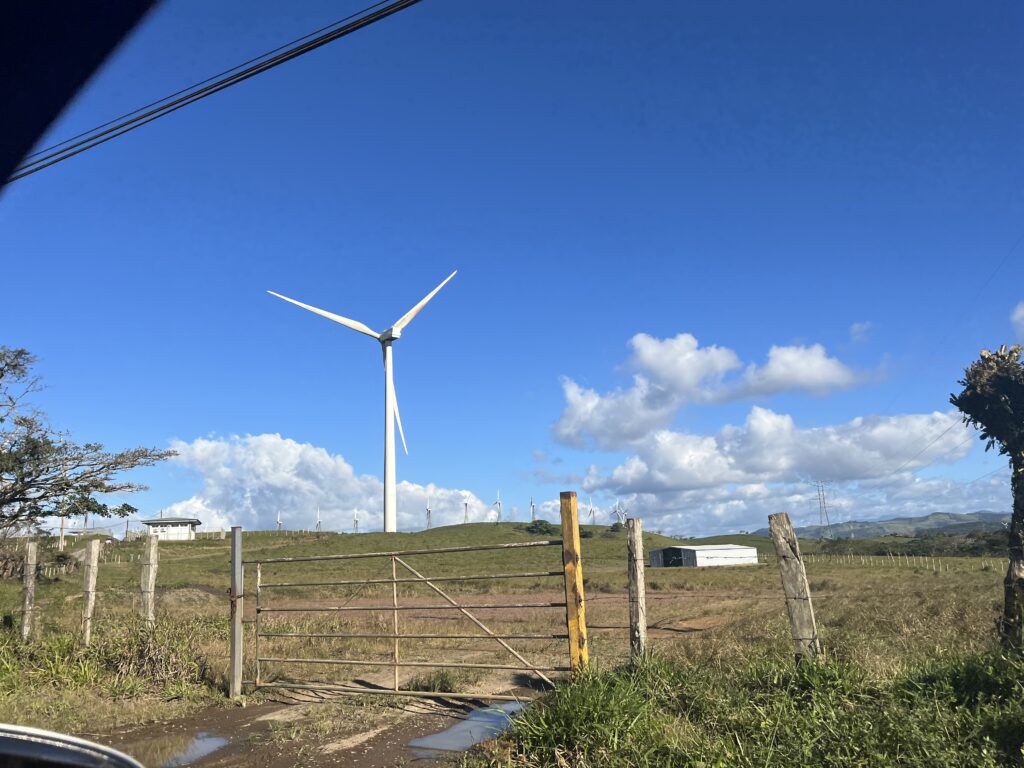
Costa Rica generates nearly 100% of its electricity from renewable sources, including hydropower, wind, geothermal, and solar energy. The country aims to be carbon neutral by 2050.
There Are 8 Indigenous Groups in Costa Rica
Costa Rica has a rich cultural heritage with influences from Indigenous, Spanish, Afro-Caribbean, and other immigrant groups. It is home to several Indigenous groups, including the Bribri, Cabécar, Guanacastecos, Maleku, Bri-Bri, and Ngäbe-Buglé. Each group has its own distinct culture and traditions.
The Bribri and Cabécar are primarily located in the Talamanca region and focus on traditional agriculture and craftsmanship, while the Guanacastecos are known for their music and dance. The Maleku, in the northern region, and the Bri-Bri, also in Talamanca, work to preserve their languages and cultural practices. The Ngäbe-Buglé is found in the southern part of the country.
Best Coffee in the World
Costa Rica is known for its high-quality coffee, one of the country’s top exports. Coffee-growing regions are often located in scenic mountain areas like the Central Valley.
Costa Rica Has Over 50 Volcanoes
Costa Rica has around 60 volcanoes, several of which are active. Some of the most notable include Arenal, Poás, Irazú, and Turrialba. The country’s volcanic soil is fertile, supporting its rich agriculture.
Happy Country in the World
Costa Rica frequently ranks among the happiest countries in the world, thanks to its high quality of life, focus on sustainability, and the “Pura Vida” mindset.
Fun Facts about Nature and Ocean Facts in Costa Rica
Costa Rica is a global leader in ecotourism, with about 26% of its land protected as national parks, reserves, and wildlife refuges. This Central American country also enforces a ban on single-use plastics.
The Payment for Environmental Services program started in 1997 by taxing fossil fuels. The funds were used to support landowners who cared for their land in ways that helped the environment, like protecting water sources, storing carbon, and educating about conservation.
Over the past 26 years, the program has given over $460 million to protect over a million hectares of forest. Popular spots include Manuel Antonio National Park and Arenal Volcano.
Here are ten more fascinating facts about Costa Rica, focusing on its wildlife, plant life, and diving opportunities:
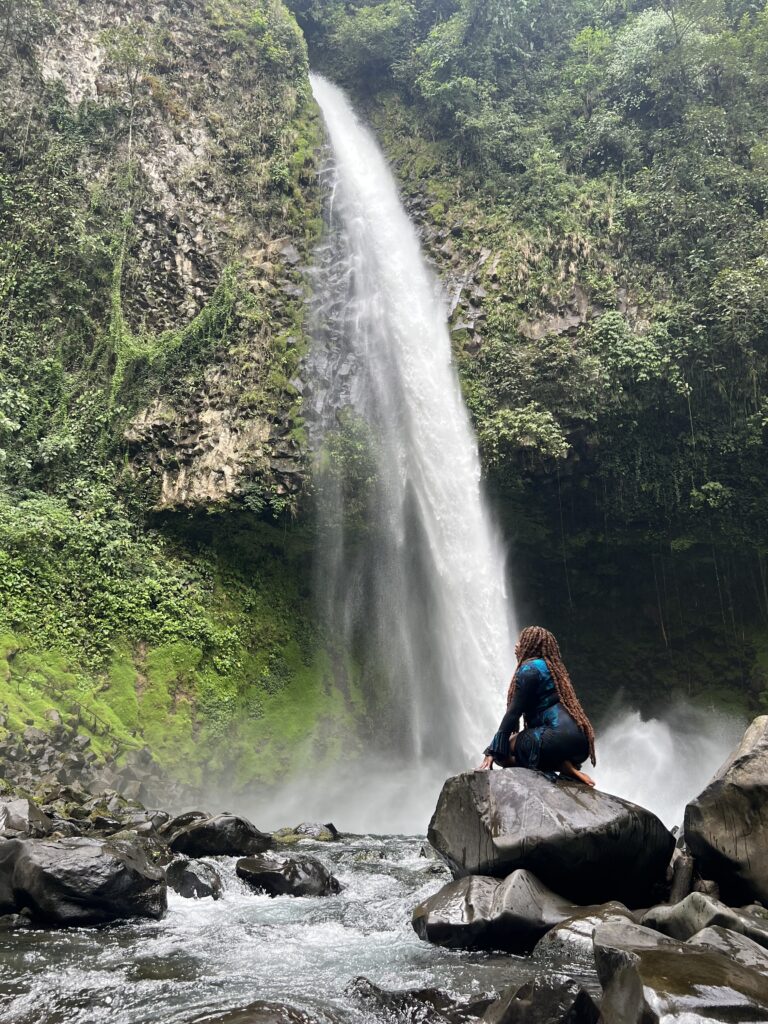
500 Steps to La Fortuna Waterfall
Located near the Arenal Volcano, La Fortuna Waterfall is one of Costa Rica’s most beautiful and popular natural attractions. Visitors must descend about 500 steps through the lush rainforest to reach the waterfall’s base. Thankfully, there are a lot of resting points along the way. I definitely used them.
The effort is well worth it, as the waterfall plunges 230 feet into a refreshing pool perfect for swimming.
Home to the Illusive Resplendent Quetzal
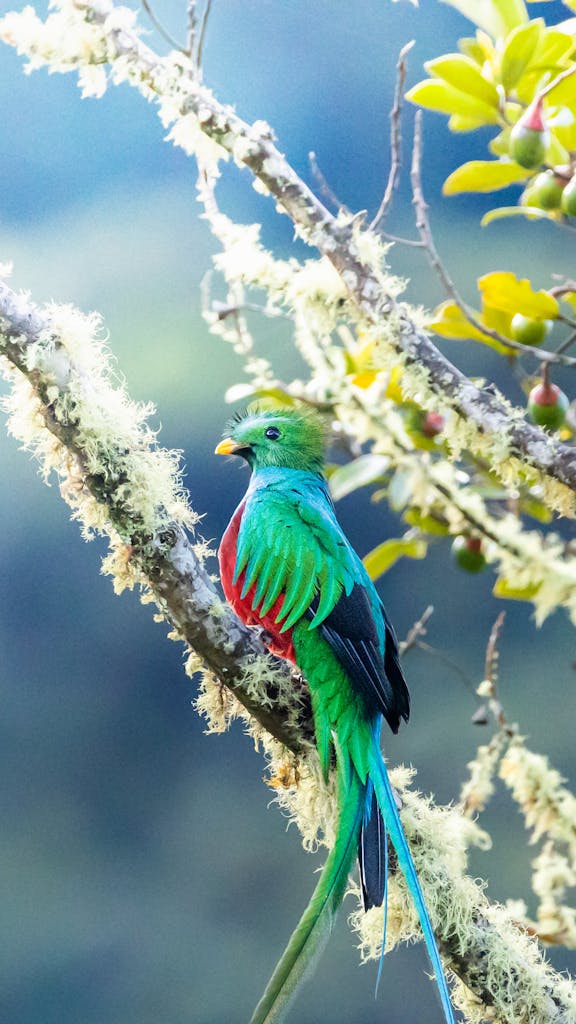
Costa Rica is one of the few places in the world where you can see the resplendent quetzal, a vibrant, emerald-green bird revered by ancient Mesoamerican civilizations. It’s often found in the cloud forests of Monteverde.
Costa Rica is the Best Place in the World to See Sloths
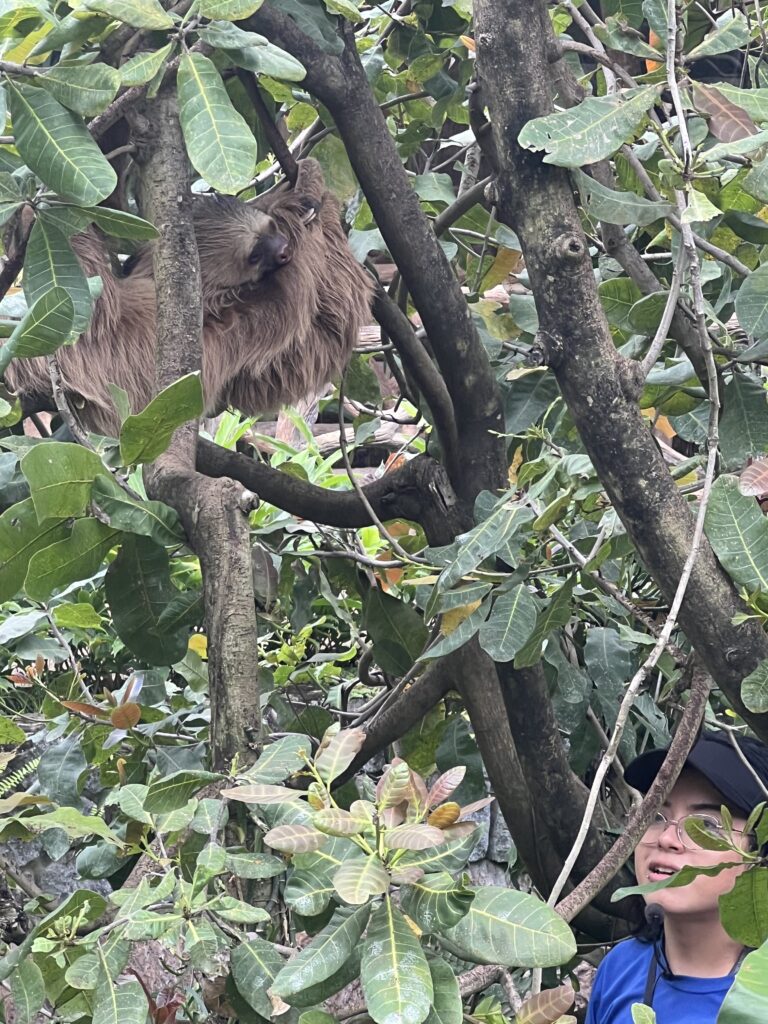
Both two-toed and three-toed sloths can be found in Costa Rica. These slow-moving creatures are often spotted in the country’s rainforests, hanging out in the trees.
Butterflies
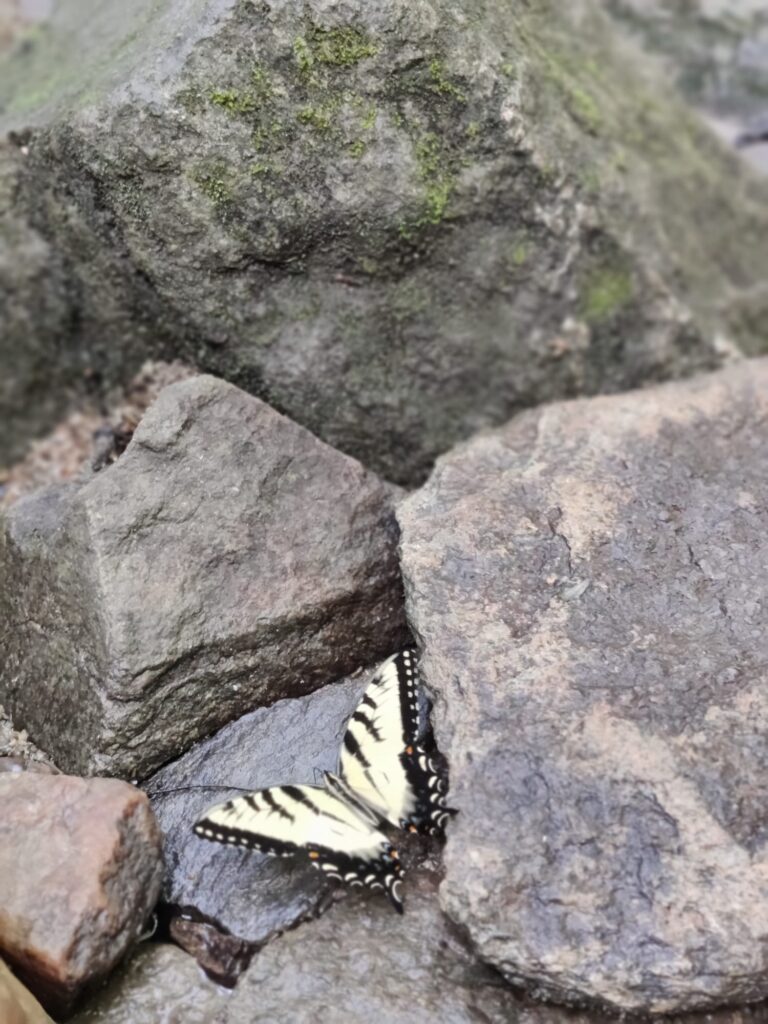
Costa Rica is home to over 1,200 species of butterflies, making it one of the most butterfly-rich countries on Earth. The blue morpho, with its striking iridescent wings, is one of the most iconic.
Orchids
Costa Rica boasts over 1,400 species of orchids, making it one of the top countries in the world for orchid diversity. The Guarianthe skinneri, or purple country girl, is the national flower.
Diving in Cocos Island

I actually received my scuba diving certification in Costa Rica. Cocos Island is located off the coast of Costa Rica, is a world-renowned diving destination. It’s famous for its large schools of hammerhead sharks, as well as other marine life like manta rays and whale sharks.
The country’s Caribbean and Pacific coasts are home to vibrant coral reefs, which provide habitats for a variety of marine life. Popular spots for snorkeling and diving include Cahuita National Park and the reefs around the Osa Peninsula.
Poison Dart Frogs
Costa Rica is home to several species of poison dart frogs, which are known for their bright colors and toxic skin. The strawberry poison dart frog is particularly famous and can be seen in lowland rainforests.
Rainforest Canopy
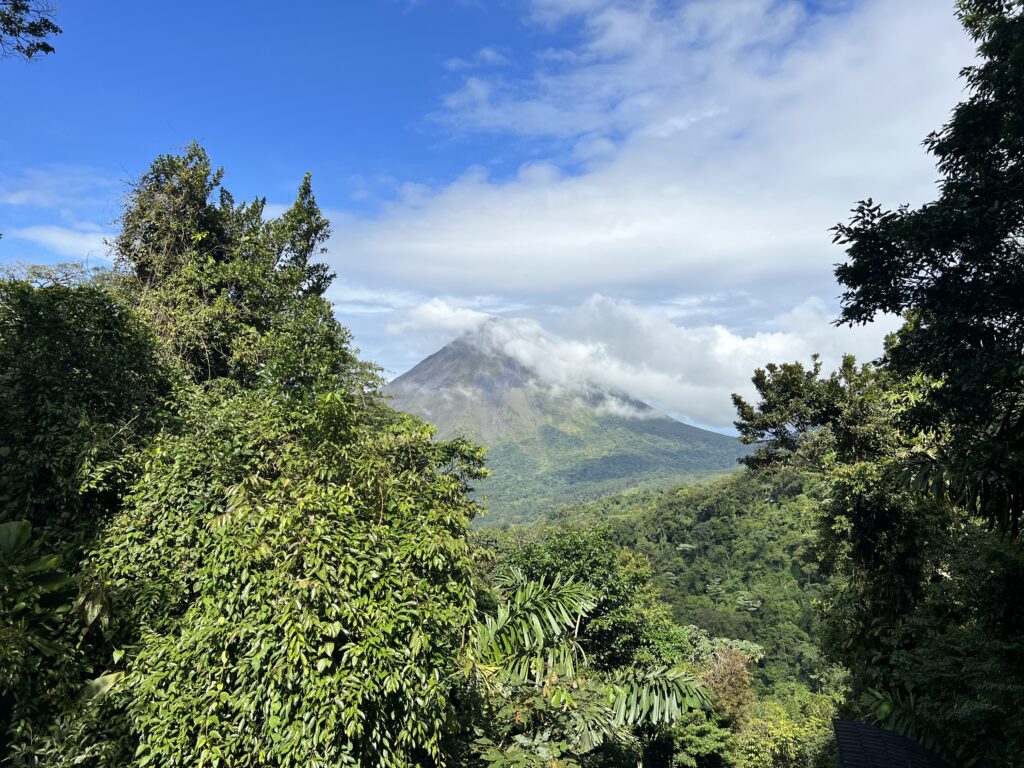
Costa Rica’s rainforests are home to a unique ecosystem that includes the canopy layer. This uppermost layer of the forest is rich in life, including birds, insects, and epiphytes like bromeliads and orchids.
Costa Rica has Over 110 Species of Bats
Costa Rica has an impressive diversity of bats, with over 110 species recorded. These include fruit-eating bats, nectar-feeding bats, and even vampire bats. Bats are crucial in pollination and seed dispersal in the country’s ecosystems.
READ MORE
- Guanacaste: Top Luxury Hotels and All-Inclusive Resorts
- Unique Things to Do in Puerto Rico: Adventure Guide
- Castillo San Felipe del Morro Guide
Did you find this post helpful? Please consider pinning it on Pinterest with the images below or following me on Instagram xoxo!
